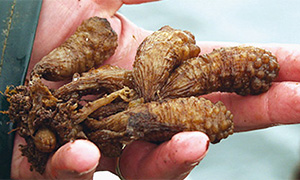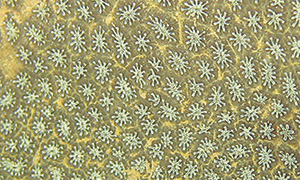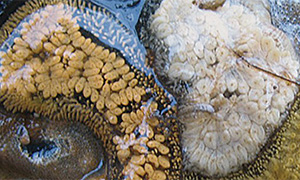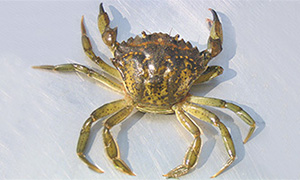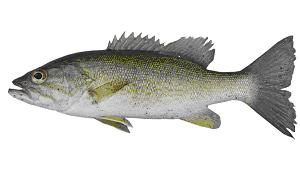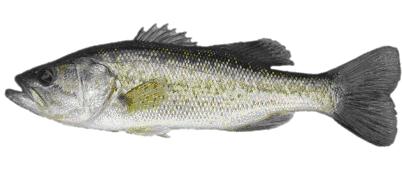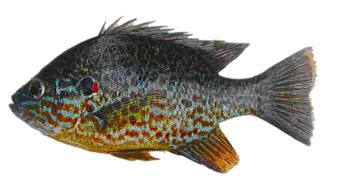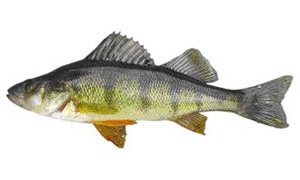Aquatic Invasive Species Regulations
Learn about the Aquatic Invasive Species Regulations, including objectives, prohibitions, species affected and enforcement.
On this page
- About the regulations
- Schedule and sections
- Prohibited species
- Controlled species
- Enforcement
- Consultations
- Related links
About the regulations
The Aquatic Invasive Species Regulations help protect waterbodies across Canada by:
- preventing the spread and introduction of aquatic invasive species into Canadian waters
- managing them once introduced
These regulations are paired with other federal, provincial and territorial legislation that can be used to protect Canada against the threat of aquatic invasive species. They prohibit actions around aquatic invasive species, including:
- importation
- possession
- transportation
- release
- introduction
They also provide exemptions to these prohibitions and require a valid permit or licence for introducing any aquatic species into an area where it’s not indigenous.
We help to ensure that the regulations don’t unduly restrict activities that benefit our economy, environment or society.
Schedule and sections
The regulations provide a first line of defence to prevent the introduction and spread of aquatic invasive species across Canada. They provide a national framework that enables the provincial and federal governments to manage and control aquatic invasive species.
The provisions consist of 42 sections outlining prohibitions and exemptions, as well as providing for preventative and response measures.
The schedule is divided into 3 parts:
- Part 1 includes the definitions and geographic coordinates which apply throughout the schedule
- Part 2 lists the species subject to all prohibitions and control measures
- Part 3 lists the species subject to control measures only in areas where they are not indigenous
- this means that the species originated naturally in a different region or body of water as stated in the regulations
Prohibited species
Over 160 species are listed in the schedule of the regulations and subject certain prohibitions in specific geographic areas.
Most species listed in Part 2 are only subject to possession, transport and release prohibitions in Manitoba and Ontario. While these species aren’t subject to the prohibitions in other parts of Canada, they may be subject to provincial or territorial legislation.
| Common name | Scientific name | Physical condition | Prohibited geographical areas |
|---|---|---|---|
| Silver Carp | Hypothalmichthys molitrix | Dead and eviscerated | Canada |
| Round Goby | Neogobius melanostomus | Dead | Ontario and Manitoba |
| Sea Lamprey | Petromyzon marinus | Dead | Manitoba |
The third column in this table briefly describes the physical condition under which the species can be brought into the country.
Example: Silver Carp
Silver Carp are especially hardy and able to survive harsh conditions. Before they can be imported, possessed or transported in Canada, they must be dead and eviscerated (internal organs removed, excluding brains and gills).
Controlled species
We may control species in parts 2 and 3 of the schedule of the regulations where they aren’t considered to be indigenous. These control activities could include:
- fishing
- using pesticides
- cleaning an infested boat
- erecting a quarantine barrier
Part 3 of the schedule of the regulations lists 14 species that aren’t subject to the prohibitions. Risk assessments have indicated that the 14 species in Part 3 pose a moderate to high risk to Canada's aquatic ecosystems.
Species in Part 3 of the schedule
Enforcement
When it comes to aquatic invasive species contained within the regulations, federal fishery officers and guardians can:
- enforce the prohibitions on:
- import
- release
- transport
- possession
- introduction
- take actions to control listed species, such as:
- treating or destroying organisms
- temporarily prohibiting access to areas where the aquatic invasive species has been found
- enforce any breach of an authorization or direction
- stop activities that may lead to the introduction and spread of aquatic invasive species by:
- serving written directions
- undertaking control activities
Consultations
Related links
- Date modified:
